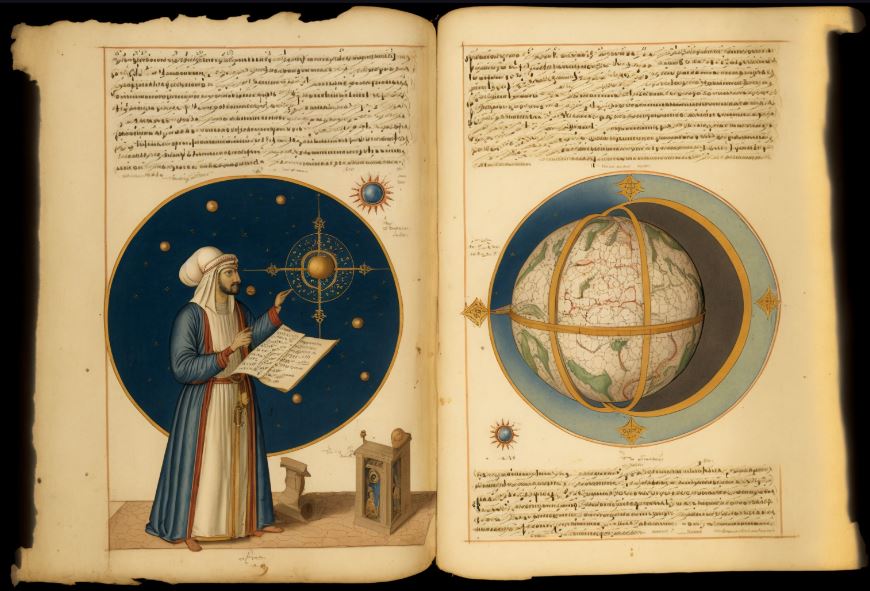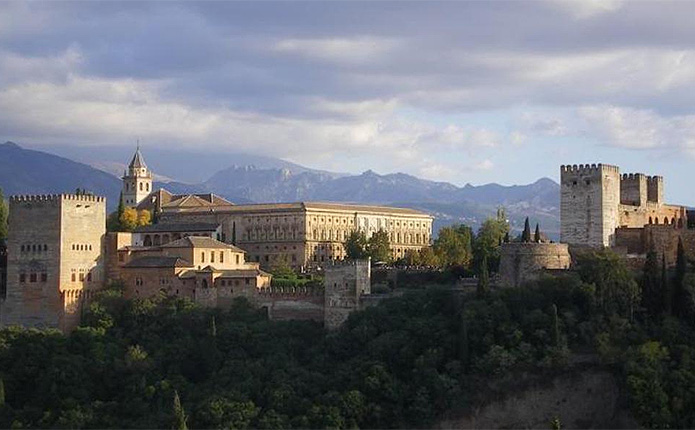

Arib Ibn Sa'id was born circa 912 to a Muwallad family in what is now Córdoba province. His father had adopted the name of Sa'id after one of the members of the noble Arab family…


The history of science is a fundamental element in constructing a full understanding of the history of society. Furthermore, we must keep in mind that the globalization of ideas has occurred since ancient times, such…


The Tinmal mosque was built by the first Almohad caliph, ʿAbd al-Muʾmin, around 1148 next to the tomb of the mahdī Ibn Tūmart, the founder of the Almohad creed (d. 1130). The official pilgrimages (ziyāra)…


The purpose of this paper is to outline the conditions in which Eastern Islamic science reached al-Andalus and was later transmitted to medieval Europe, mainly through translation. Until the end of the 10th century al-Andalus…


History of the Mezquita...


The Revival of Classical Antiquity in Cordoba in the 10th century:


From Bangladesh to Pakistan, Kyrgyzstan to Nigeria, Senegal to Turkey, it is not particularly rare in our own times for women in Muslim-majority countries to be appointed and elected to high offices—including heads of state.…


Al-Zarqali is an eminent Andalusian astronomer of the 11th century who was the foremost astronomer of his time. He excelled in different domains of theoretical and practical astronomy and left works that influenced greatly his…


An Andalusian scholar who studied as an independent scholar rejecting blind following of a particular school of jurisprudence. He was taught by several women and argued the some women had been prophets.


Granada on the southern coast of Spain was to stay in Muslim hands until 1492. Its fall came centuries after other Muslim areas fell to the Christians. This article highlights some of the important legacies…


Muslims ruled in Spain and Portugal over a period of 800 years. When the Christians finally forced out the Muslims and instituted the inquisition they encountered some of the great achievements of Islamic science and…


Al-Zahrawi's medical encyclopaedia, used in Europe's Universities from the 12th-17th century, discusses under-arm deodorants, hair removing sticks, hand lotions, hair dyes, hair care, suntan lotions, remedies for bad breath, nasal sprays and much more.


Cordoba used to be the jewel of Europe dazzling visitors from the North. With over 70 public libraries during the time of Caliph Hakam II, and 900 public baths, Scholars and booksellers flocked there and…


Abu al-Qasim Khalaf ibn al-Abbas Al-Zahrawi (936-1013 CE), also known in the West as Albucasis, was an Andalusian physician. He is considered as the greatest surgeon in the Islamic medical tradition. His comprehensive medical texts,…


Abu Hanifa al-Dinawari (d.895 CE), botanist, lived in Iran. His work has been made known by the German scholar, Silberberg, in a thesis, published in Breslau in 1908 which contains the descriptions of about 400…